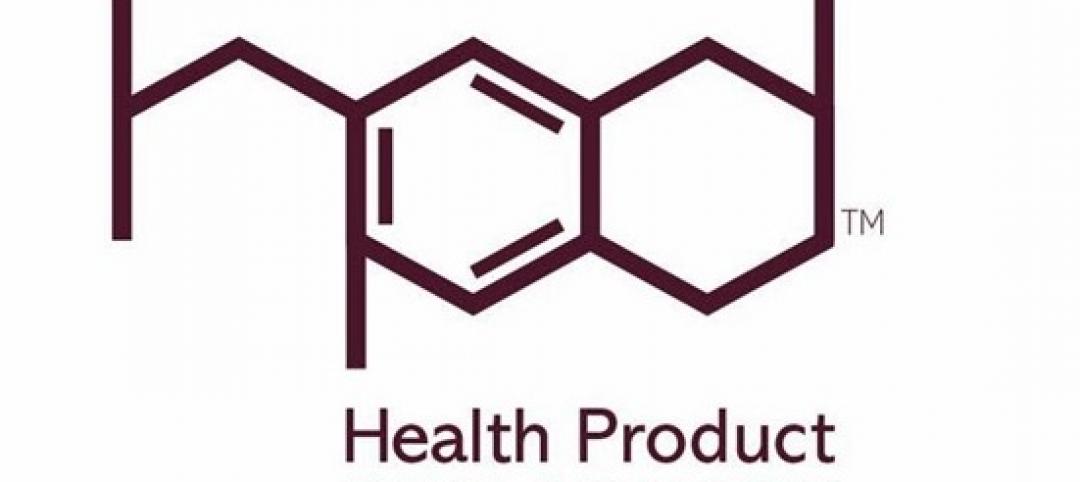American Chemistry Council (ACC) is touting projections in a new report by the International Council of Chemical Associations (ICCA) showing that combining building efficiency improvements-made possible by innovations in chemistry–with lower-carbon fuels could lead to a 41 percent reduction in energy use and a 70& reduction in greenhouse gas emissions by 2050.
Of all the energy used in the U.S., nearly one-third is consumed by the building sector. Improving efficiency is critical, and during the next few decades the amount of energy used by the building sector will increase dramatically (more than 62% by 2050), as will the amount of CO? emissions (more than 87% by 2050), according to the ICCA report.
“The ICCA projections reinforce what we have known for long time – that the chemical industry is an indispensable provider of solutions that improve the energy efficiency of buildings,” said Cal Dooley, president and CEO of the American Chemistry Council. “Nearly every energy-efficient technology is dependent on innovations made possible by chemistry. Our products make the nation’s energy supplies go further while lowering energy costs for businesses and families.”
The ICCA Building Technology Roadmap, which will be officially released this week at the 18th session of the Conference of the Parties to the United Nations Framework Convention on Climate Change in Doha, Qatar, examined the chemical industry’s contributions to energy efficiency and greenhouse gas savings in residential and commercial construction. The report focused on the potential savings from five chemically derived building technologies that are commercially available today: insulation, pipe and pipe insulation, air sealing, reflective roof coatings and pigments, and windows.
According to the ICCA report, energy-saving products installed in homes in the U.S. prevented nearly 283 million tons of CO? emissions in 2010–equivalent to the greenhouse gas emissions of 50 million passenger vehicles. Studies show that if this trend continues, more than 7 billion tons of emissions can be avoided by 2050 in the U.S. alone–equivalent to the CO? emissions of more than 1.2 billion passenger vehicles.
Averaging at least 75% of the heat loss in households, single-family homes provide most of the potential for energy savings within the residential sector. In 2010, the cumulative energy savings from chemically derived building products in U.S. residential buildings was 46 times greater than the energy required to produce the products. +
Related Stories
| Nov 26, 2013
Design-build downsized: Applying the design-build method in an era of smaller projects
Any project can benefit from the collaborative spirit and cooperative relationships embodied by design-build. But is there a point of diminishing return where the design-build project delivery model just doesn't make sense for small projects? Design-build expert Lisa Cooley debates the issue.
| Nov 25, 2013
Insider tips on how to get picked a BD+C 40 Under 40 winner
We just posted the Entry Form for our 9th Annual BD+C "40 Under 40" competition. Frankly, the Entry Form is just the basic data. The real meat of your entry is your Personal Statement.
| Nov 25, 2013
Building Teams need to help owners avoid 'operational stray'
"Operational stray" occurs when a building’s MEP systems don’t work the way they should. Even the most well-designed and constructed building can stray from perfection—and that can cost the owner a ton in unnecessary utility costs. But help is on the way.
| Nov 25, 2013
Manufacturers race to offer EPDs, HPDs in response to LEED v4
Under LEED v4, projects are awarded points for using at least 20 building products that have issued Environmental Product Declarations or Health Product Declarations. In response, manufacturers are racing to offer EPDs and HPDs for their product lines.
| Nov 25, 2013
Electronic plan review: Coming soon to a city near you?
With all the effort AEC professionals put into leveraging technology to communicate digitally on projects, it is a shame that there is often one major road block that becomes the paper in their otherwise “paperless” project: the local city planning and permitting department.
| Nov 22, 2013
Health Product Declaration Collaborative to develop protocol for third-party verification of HPDs
Seven leading product sustainability assessment companies partner with the HPD Collaborative to develop the verification and quality assurance protocols.
| Nov 22, 2013
Kieran Timberlake, PE International develop BIM tool for green building life cycle assessment
Kieran Timberlake and PE International have developed Tally, an analysis tool to help BIM users keep better score of their projects’ complete environmental footprints.
Sponsored | | Nov 20, 2013
Four faces of curb appeal
The Furniture Row retail center in Charlotte, N.C., incorporates four specialty stores in a distinctive, efficient structure.
| Nov 20, 2013
Architecture Billings Index slows in October; project inquiries stay strong
Following three months of accelerating demand for design services, the Architecture Billings Index reflected a somewhat slower pace of growth in October. The October ABI score was 51.6, down from a mark of 54.3 in September.
| Nov 19, 2013
Pediatric design in an adult hospital setting
Freestanding pediatric facilities have operational and physical characteristics that differ from those of adult facilities.
















